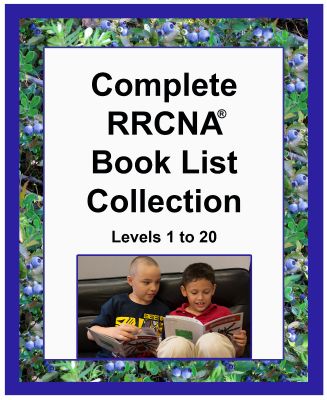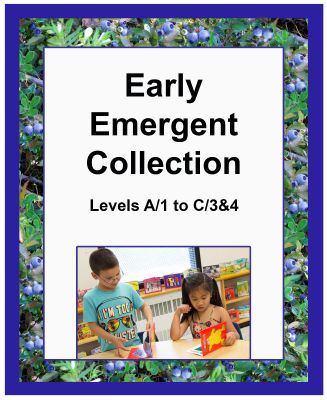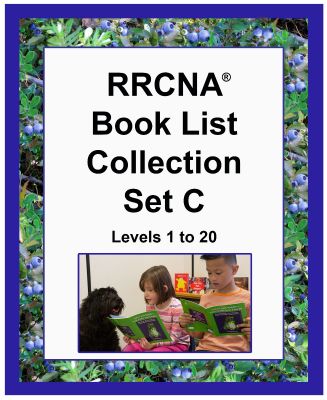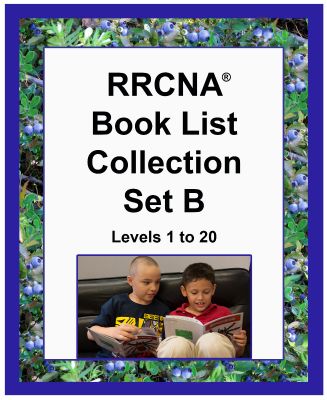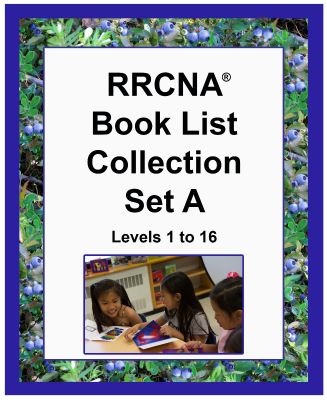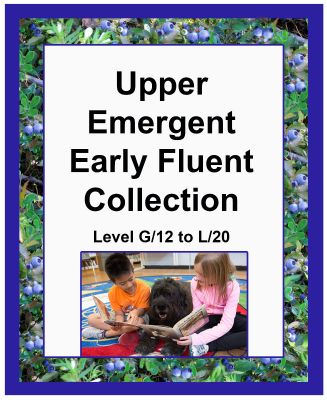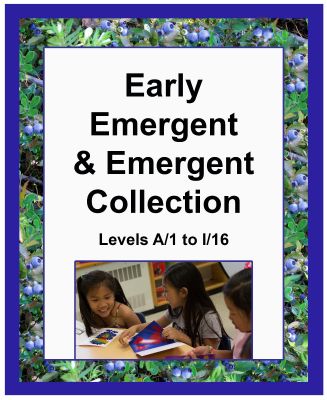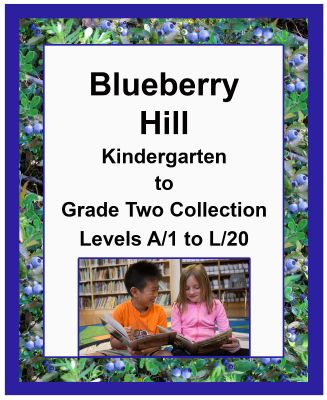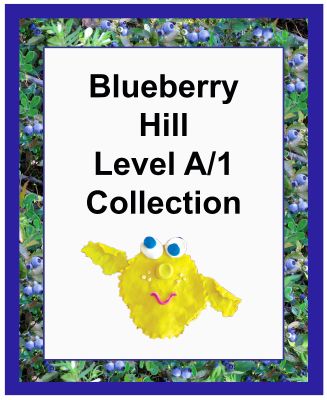Search results for: 'sample daily routine expanded can'
Complete Sample Daily Routine
MEET AND GREET - a few secondsI had a principal who did this with her staff. Even as an adult it was...
The Word Work
THE WORD WORK ASSEMBLY LINE - 10 minutes (THE ALPHABET ASSEMBLY LINE) When students have a routine t...
Language Arts Centers
LANGUAGE ARTS CENTERS - 30 minutesA detailed description is in the Level 1, 2, 3 Guidebook (pgs. 10-...
The Name Game
THE NAME GAME – 5 minutesStudents will be motivated to come to the carpet quickly for this one!A det...










